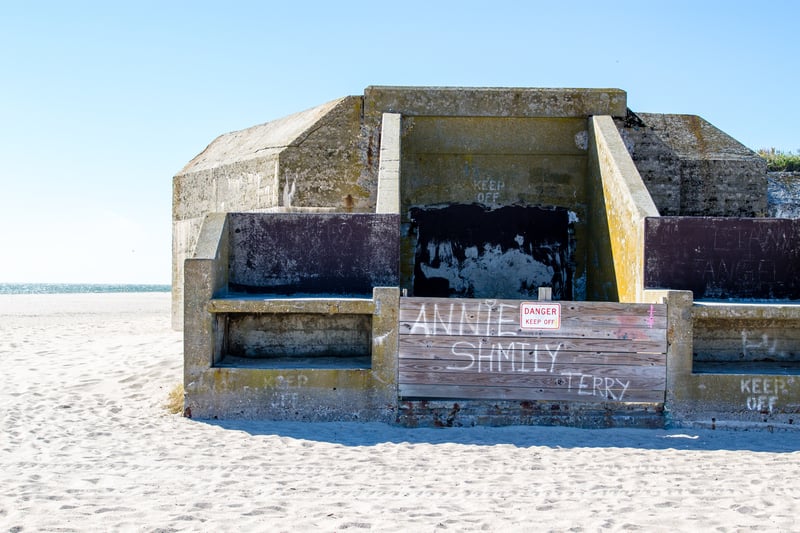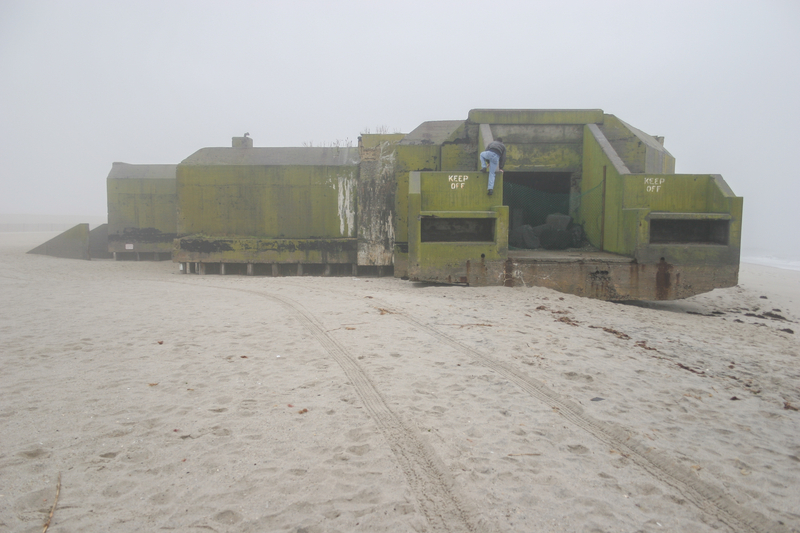CAPE MAY, NJ – Cape May’s Forgotten Bunker: A Vestige of America’s Coastal Defense stands as a poignant reminder of America’s once fervent efforts to protect its shores.
On the southern tip of New Jersey lies an imposing abandoned military bunker, a relic from a time when the nation perceived its beautiful coastlines as vulnerabilities to foreign invasion. Constructed in 1942 and 1943, Battery 223 was a harbor defense battery designed during World War II to protect against potential sea attacks.
Despite its strategic importance, the bunker was abandoned in 1944, less than two years after its completion.
The construction of Battery 223 was part of a larger effort by the United States to fortify its coastlines. Throughout American history, from the early days of piracy to the fears of World War II, the nation has built fortifications to protect against seaborne threats.
The Cape May bunker was one of many fortifications intended to bolster the nation’s defenses. However, advancements in military technology and strategy gradually rendered such static defenses obsolete. The bunker’s abandonment reflects a shift in military priorities as the threat of coastal invasion diminished.
Despite its brief operational period, Battery 223 has endured the test of time.
Originally situated 900 feet from the shoreline, severe erosion has since exposed the structure, revealing its thick reinforced concrete walls and blast-proof roof. Although it never engaged in combat, the bunker’s presence on the beach of Cape May serves as a historical artifact, illustrating the evolution of military defense tactics.

In 2008, Battery 223 was added to the United States National Register of Historic Places, ensuring its preservation as a monument to the country’s coastal defense efforts during World War II.
